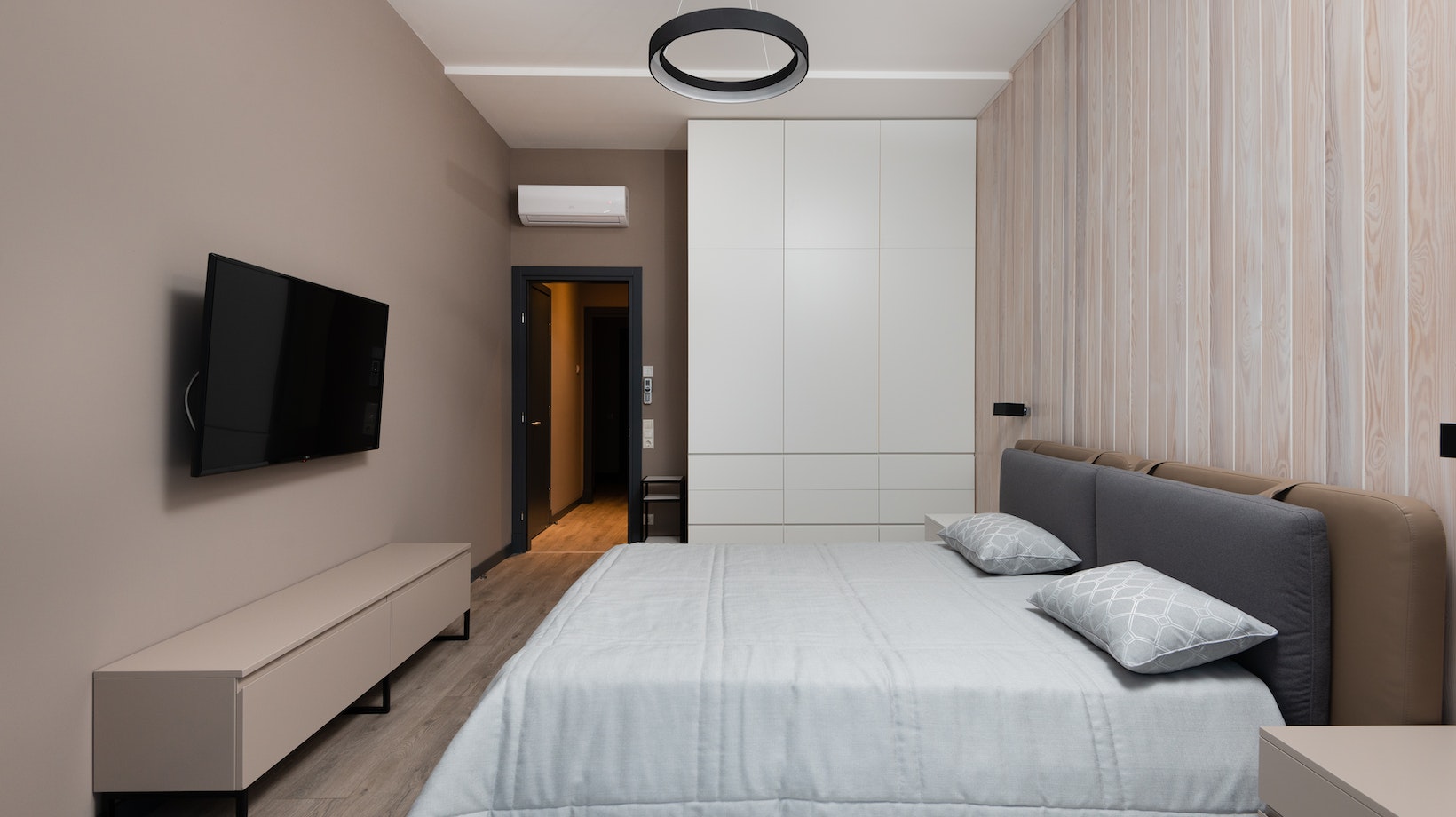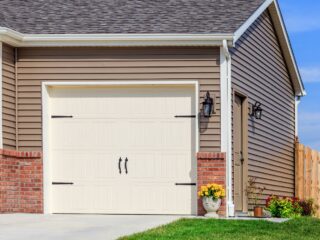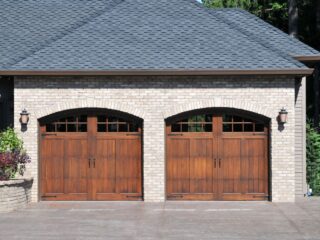
Understanding the Need for Childproof Closet Doors
Let’s face it, our little ones are curious explorers. Every corner of the house is a new adventure to them. And while we appreciate their sense of wonder, we also need to ensure their safety at all times. That’s where child proofcloset doors come into play.
Among different places in homes that pose potential risks for kids, closets rank pretty high. It’s not just about what they can find inside those closets – cleaning supplies, tools, or even small items that could be choking hazards – but also about the doors themselves. We’ve seen kids getting their fingers caught in hinges or door slams – and trust us when we say it’s something you’d want to avoid.
So how do childproof closet doors help? Well, these specially designed doors prevent children from accessing potentially dangerous areas and objects without adult supervision. They’re usually equipped with locks that are hard for tiny hands to open but easy enough for adults to operate.
Childproofing doesn’t stop at closet doors either; it extends to all aspects of your home environment. However, given the statistics above and common household risks associated with closets particularly:
- Unsecured shelves
- Sharp corners
- Easily accessible cleaning agents
It becomes evident why childproof closet doors should be on every parent’s priority list when planning home safety measures for children.

Childproof Closet Doors
Let’s dive right into the heart of the matter: childproof closet doors. These nifty inventions provide parents with peace of mind, knowing their adventurous little ones can’t get into places they shouldn’t. But not all childproof doors are created equal. Here’s a quick breakdown:
- Sliding Locks: Typically made from durable plastic, these locks keep sliding closet doors firmly closed. Their design is simple yet effective – they’re placed on one door to prevent it from moving.
- Top-of-Door Latches: These come in handy when you’ve got bi-fold or folding closet doors at home. Positioned out of reach for small children, top-of-door latches require an adult’s height and dexterity to open.
- Knob Covers: Your classic doorknob can become a barrier too! Knob covers are large enough that little hands can’t grip them but have holes big enough for adult hands.
- Magnetic Locks: A more high-tech solution, magnetic locks remain hidden inside your closet and only release when activated by a specific magnetic key.
- Cord Shorteners: Not exactly a lock but they’re great for closets with pull cord lights or blinds that could pose a strangulation risk.
How to Choose the Right Childproof Door Locks
Childproofing your home is no child’s play and finding the right door locks for your closets can be quite a task. There’s a plethora of options available in the market, but not all might suit your specific needs. So let’s break down how you can make an informed choice.
First off, consider the type of closet doors you have at home. If they’re sliding doors, a simple adhesive lock will work wonders. It’s easy to install and use – just stick one end to the door and another on the wall or adjacent door panel and voila! Your child won’t be able to slide open those closet doors anymore.
Should you have bi-fold or traditional hinged closet doors, a strap lock would be ideal. These locks come with two parts; one attaches to the door frame while the other goes on the actual door itself. When locked, these components prevent any unwanted opening of closets.
Now let’s talk about materials – we’d recommend going for durable plastics instead of metal locks as they are less likely to cause injury if accidentally bumped into by children playing nearby.
We mustn’t forget about ease-of-use for adults too! Ensure that whatever lock you choose isn’t overly complicated for adults in your home to operate. After all, it’s us who’ll need regular access!
Lastly, always check customer feedbacks before purchasing any item online; they can provide valuable insights about product quality and efficiency.





